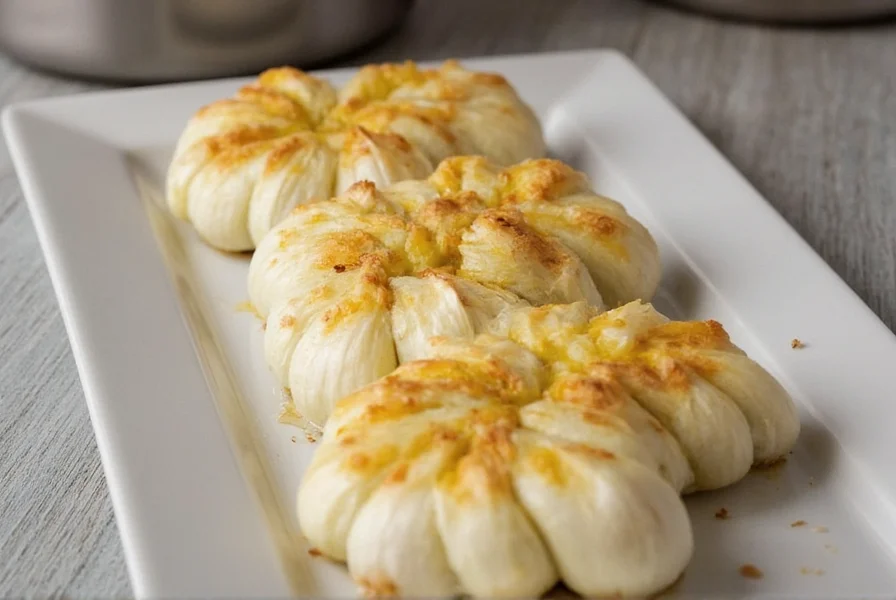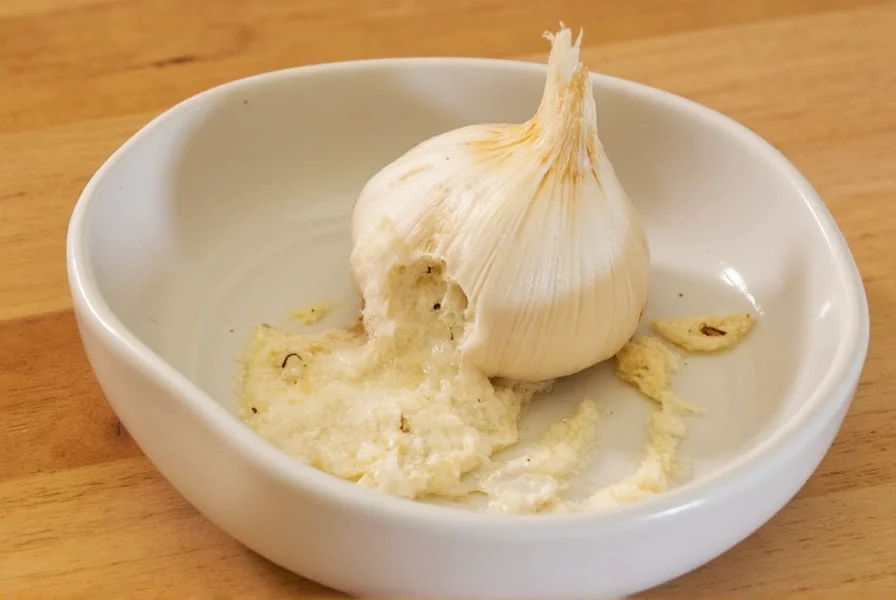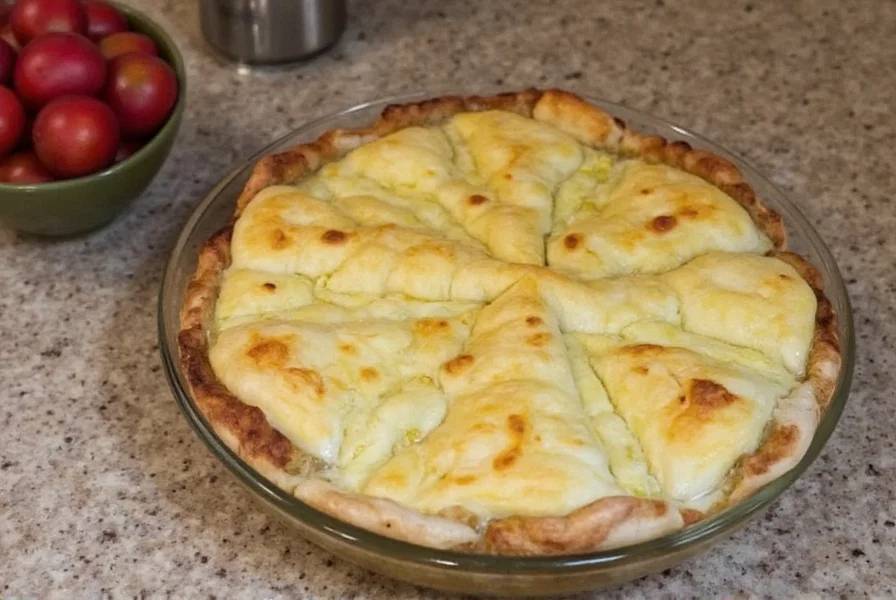Roasting garlic transforms its sharp, pungent flavor into a rich, caramelized delight that enhances countless dishes. While many recipes call for roasting entire heads of garlic, knowing how to bake a single garlic clove is invaluable when you only need a subtle garlic infusion without overwhelming your dish. This simple technique preserves garlic's health benefits while creating a versatile ingredient that can elevate mashed potatoes, salad dressings, bread spreads, and more.
Why Bake Individual Garlic Cloves?
Baking a solitary garlic clove offers distinct advantages over traditional methods. Unlike raw garlic that can dominate flavors, oven-roasted garlic technique mellows the sharp compounds while developing natural sweetness. The process also makes the garlic easier to digest for sensitive individuals. When you're following a recipe that calls for just a hint of garlic flavor, this single clove roasting method prevents waste and gives you precise control over your seasoning.
What You'll Need for Perfect Baked Garlic
- 1 fresh garlic clove (firm with tight skin)
- 1/2 teaspoon extra-virgin olive oil
- Small piece of aluminum foil (6x6 inches)
- Oven preheated to 400°F (200°C)
- Optional: pinch of salt, fresh herbs, or balsamic vinegar
| Ingredient | Quantity | Preparation Tip |
|---|---|---|
| Garlic clove | 1 | Choose firm, plump cloves without soft spots |
| Olive oil | 1/2 tsp | Use high-quality oil for best flavor infusion |
| Foil | 6x6 inch | Double layer prevents oil leakage |
Step-by-Step: How to Bake a Garlic Clove

- Prepare your workspace: Preheat your oven to 400°F (200°C). Position the rack in the center of the oven for even heating.
- Prepare the garlic: Keep the clove unpeeled—the skin protects it during baking and makes removal easier. Gently press the clove with the flat side of a knife to loosen the skin slightly.
- Wrap properly: Place the clove in the center of your foil square. Drizzle with olive oil (and optional seasonings). Fold the foil tightly around the clove to create a sealed packet, ensuring no oil can leak out.
- Bake to perfection: Place the foil packet directly on the oven rack or on a baking sheet. Bake for 30-40 minutes. The exact garlic clove baking time depends on clove size—check at 30 minutes by carefully opening the packet and pressing gently. Properly roasted garlic yields easily to pressure.
- Cool and extract: Let the packet cool for 5 minutes. Open carefully (steam will be hot), then squeeze the soft garlic from its skin. The roasted clove should slide out easily.
Pro Tips for Best Results
Mastering the perfect baked garlic recipe requires attention to detail. For deeper flavor, add a sprig of rosemary or thyme to the foil packet. If you prefer stronger garlic notes, reduce baking time to 25 minutes—the garlic will be tender but retain more pungency. Never exceed 40 minutes, as garlic can become bitter when overcooked. For immediate use, mash the roasted clove with a fork; for storage, place in a small airtight container with a teaspoon of olive oil and refrigerate for up to one week.
Many home cooks wonder how long to bake garlic cloves at different temperatures. While 400°F delivers optimal results in 30-40 minutes, you can bake at 350°F for 45-50 minutes for a slower, more gradual flavor development. The lower temperature method works well when roasting multiple cloves simultaneously.
Creative Ways to Use Baked Garlic
Don't limit yourself to just adding roasted garlic to pasta! Mash your single baked garlic clove into softened butter for an elegant spread, blend into mayonnaise for gourmet sandwiches, or stir into vinaigrettes for complex salad dressings. Chefs often incorporate roasted garlic into mashed potatoes, soups, and even chocolate desserts for surprising depth. The mellow flavor complements both savory and sweet applications, making it a versatile kitchen staple.

Troubleshooting Common Issues
If your baked garlic clove turns out too hard, return it to the oven in its foil packet for additional 5-10 minute increments. Burnt garlic usually results from excessive temperature—always verify your oven's accuracy with an independent thermometer. For garlic that's leaking oil, ensure your foil packet has no punctures and is folded tightly on all sides. Remember that larger cloves naturally require slightly longer garlic roasting duration than smaller ones.











 浙公网安备
33010002000092号
浙公网安备
33010002000092号 浙B2-20120091-4
浙B2-20120091-4